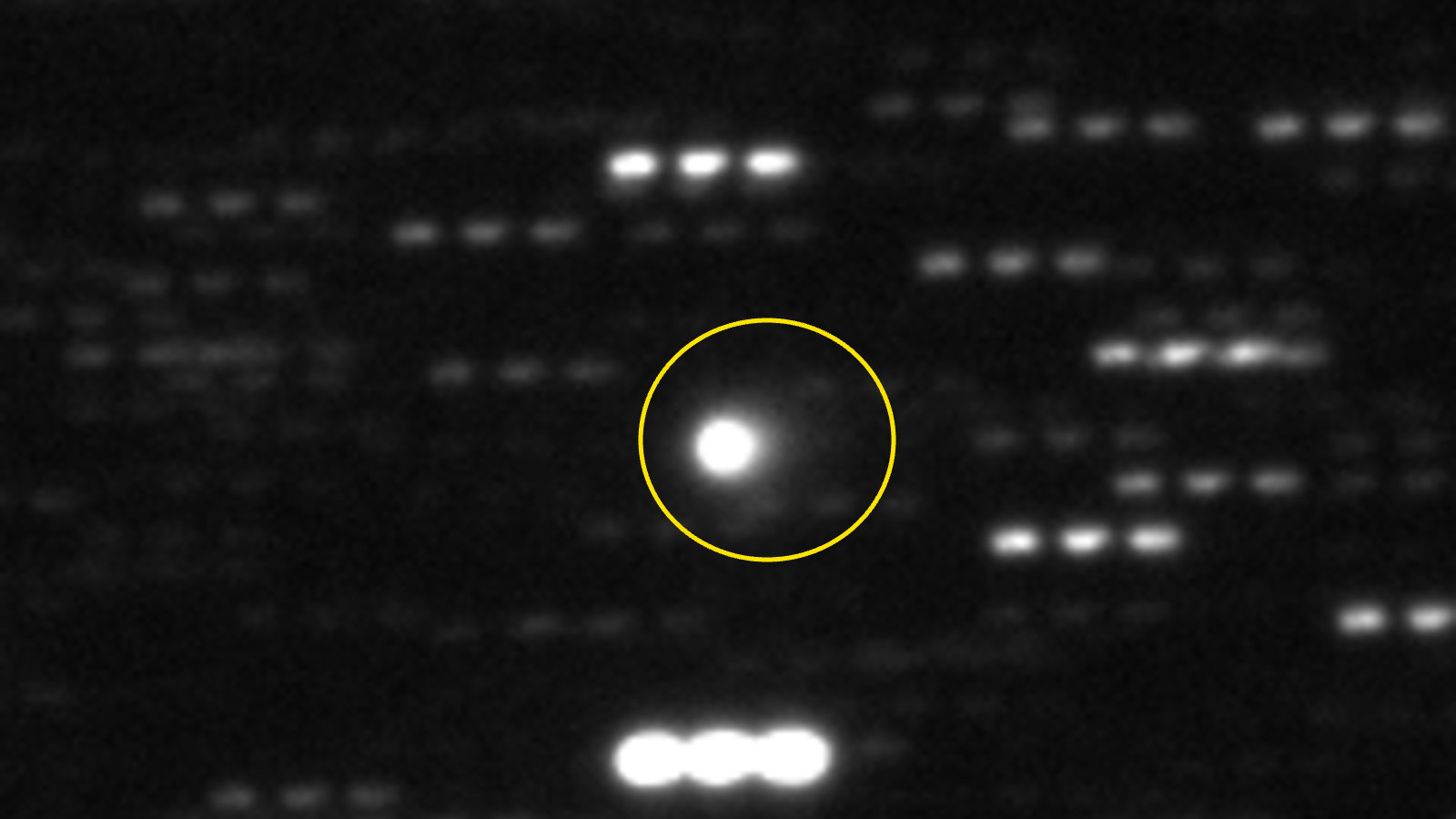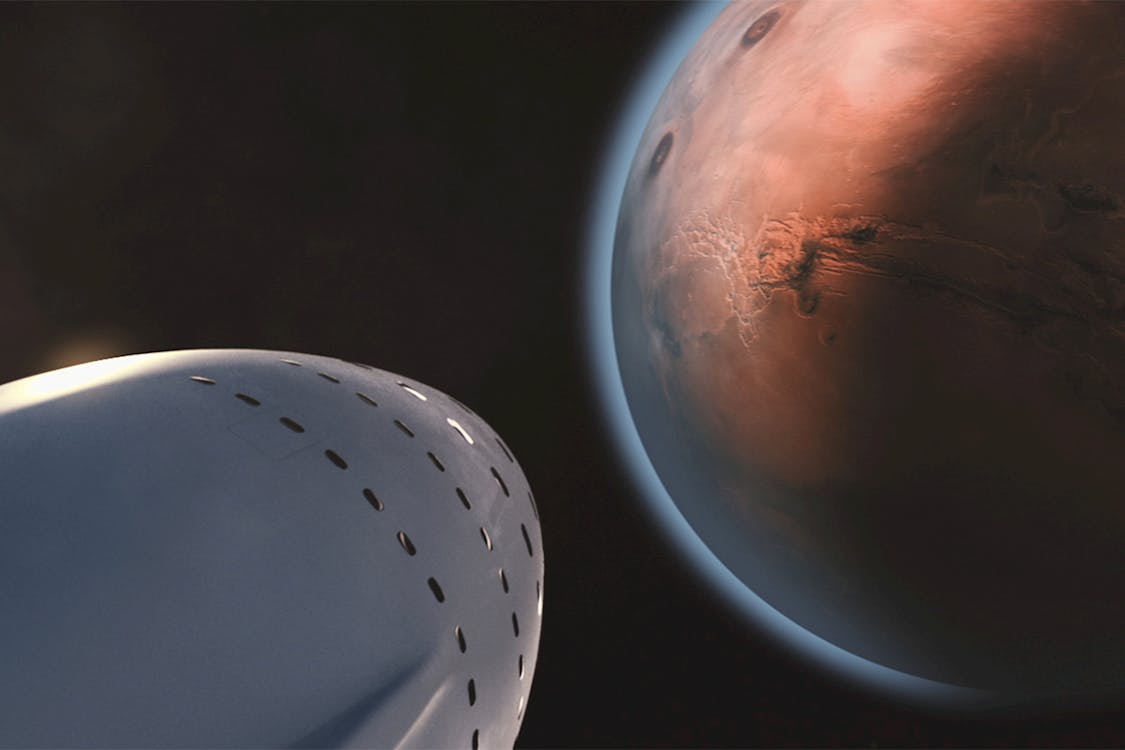A Visitor From the Stars: 3I/ATLAS- The European Space Agency has found an unusual new use for spacecraft originally intended for Mars and Jupiter: tracking an interstellar comet as it makes its fleeting pass through our solar system. The object, designated 3I/ATLAS, is only the third known visitor from beyond our stellar neighborhood, and scientists are racing to learn as much as possible before it vanishes from view.
The comet was first spotted in July 2025 by one of the ATLAS (Asteroid Terrestrial-impact Last Alert System) telescopes based in Chile. It immediately caught astronomers’ attention because of its peculiar path and extraordinary speed. Unlike comets tied to the sun’s gravity, which follow long, looping orbits, 3I/ATLAS is not bound to our system at all. Its course is hyperbolic, indicating that it comes from deep interstellar space and will not return. Traveling at nearly 130,000 miles per hour—over 219,000 kilometers per hour—it is moving too fast to be anything but a visitor from another star system.
From the ground, scientists only have a narrow window to study this alien wanderer. Observations suggest that 3I/ATLAS will remain within the reach of Earth-based telescopes until September 2025, after which its trajectory will carry it too close to the sun for safe viewing. Once it slips behind the glare, the comet will effectively disappear from our planet’s perspective. That makes every night of observation precious, as researchers attempt to measure its size, surface activity, and chemical makeup.
But this time, astronomers are not limited to Earth’s vantage point. ESA, along with NASA, is turning to spacecraft already in orbit around Mars and those traveling toward Jupiter, repurposing them to follow the comet’s journey. Because these probes are positioned on the sunward side of 3I/ATLAS’s path, they can continue monitoring the object even after it is lost from terrestrial view. This approach extends the observational window and gives researchers the rare opportunity to study an interstellar body in real time as it passes through the inner solar system.
What makes 3I/ATLAS so important is the promise of direct comparison. Is it similar to comets formed in our own system, with icy nuclei and dusty tails sculpted by sunlight? Or will it prove to be chemically distinct, reflecting a completely different environment of formation around a distant star? The answers could provide clues about the diversity—or perhaps universality—of planetary systems across the galaxy. Every detail about its composition, brightness, and outgassing matters, offering data points for scientists trying to piece together the story of how worlds form.
This isn’t the first time astronomers have been given such a chance, but it is still exceptionally rare. In 2017, the strange cigar-shaped object nicknamed ‘Oumuamua passed by with little warning, leaving researchers scrambling to gather what little information they could. Two years later, in 2019, comet 2I/Borisov arrived, allowing a more detailed study of its tail and nucleus, which bore strong similarities to comets native to our own system. Now, with 3I/ATLAS, scientists are better prepared and have both the technology and the coordination to observe it more thoroughly.
Even so, the encounter will be brief. Within months, the comet will fade into the sunlight, eventually moving past the orbit of Earth and out into the darkness beyond. For astronomers, it represents a chance to catch a rare glimpse of matter forged around another star, a fragment of a distant system that has drifted across unimaginable gulfs of space. Every observation is a reminder that our solar system is not an isolated bubble but part of a wider galactic community, occasionally visited by emissaries from faraway suns.
When 3I/ATLAS finally recedes into the blackness, it will carry on silently, leaving behind a trail of data for scientists to unravel. Whether it proves to be familiar or utterly foreign, the comet stands as a messenger from beyond, offering one more piece in the puzzle of how planetary systems are born and how they connect across the vastness of the galaxy.




